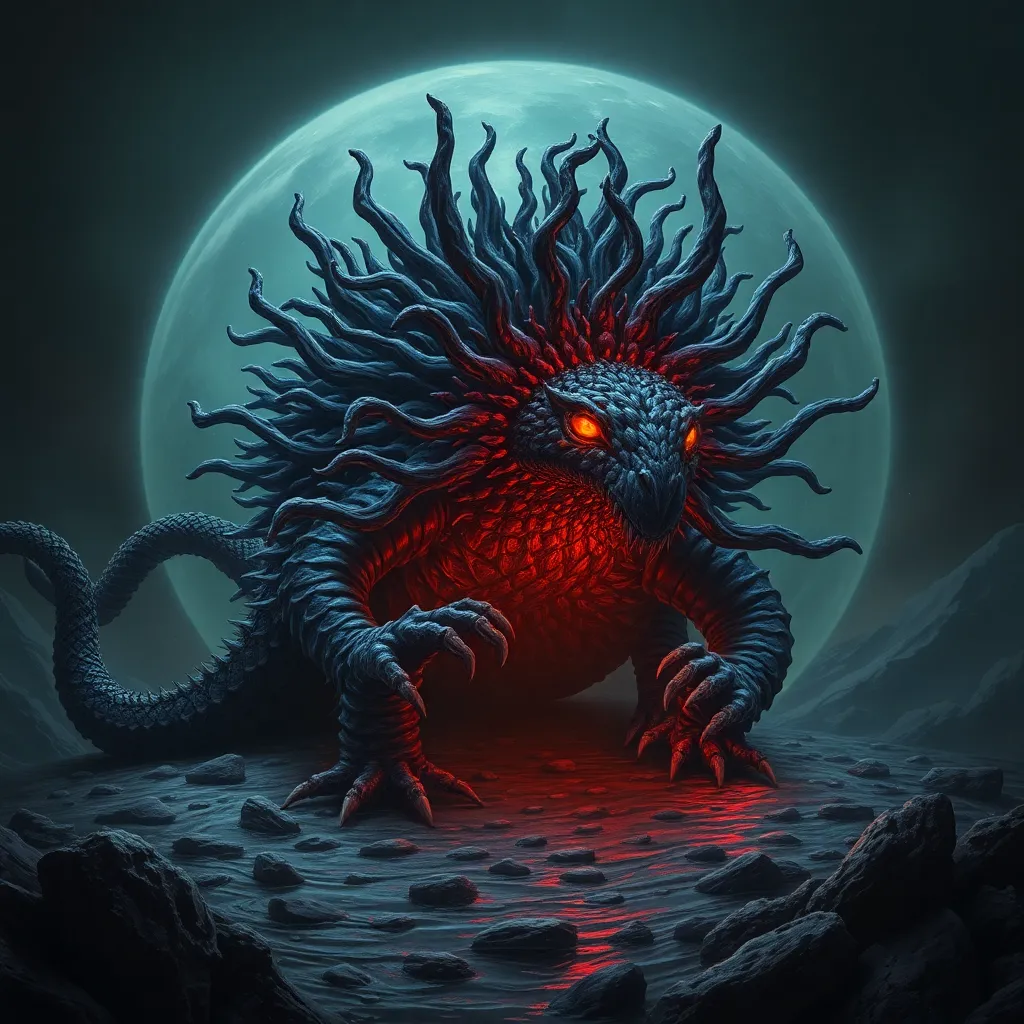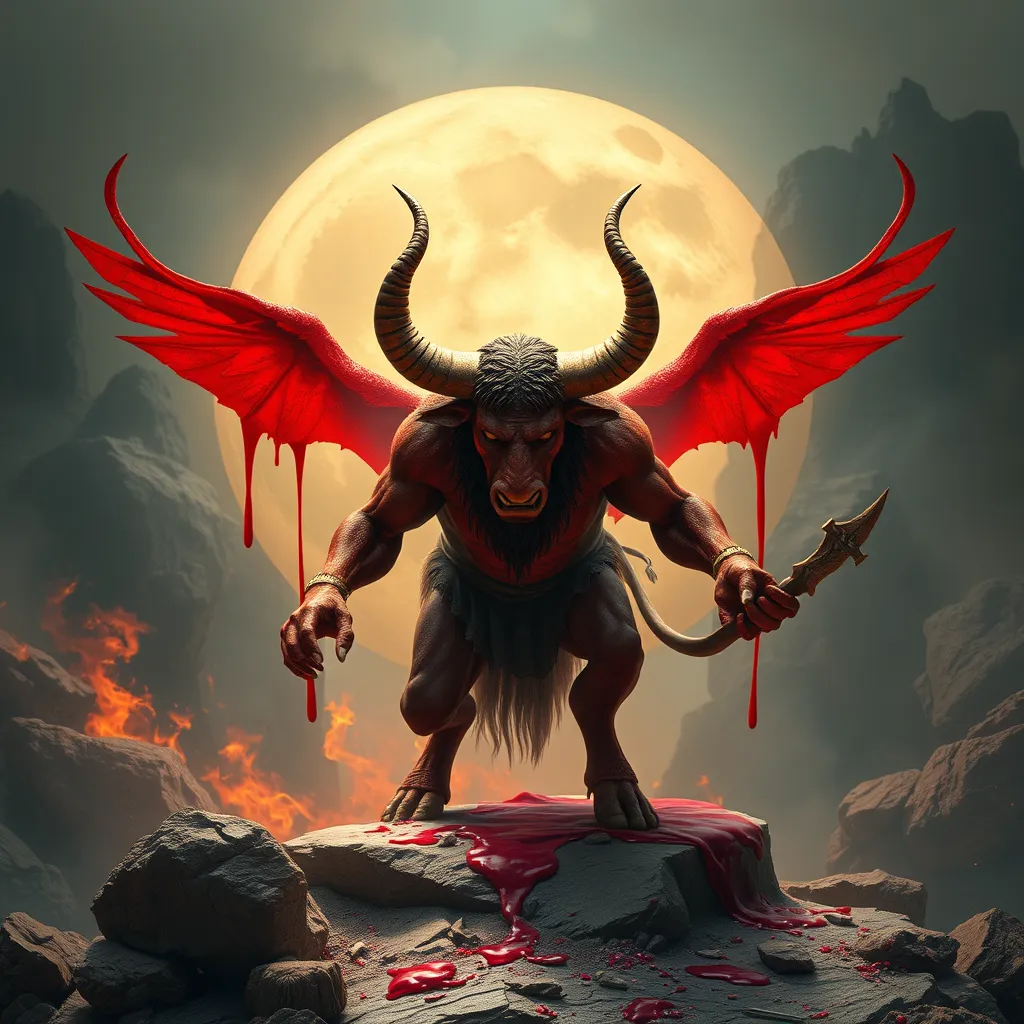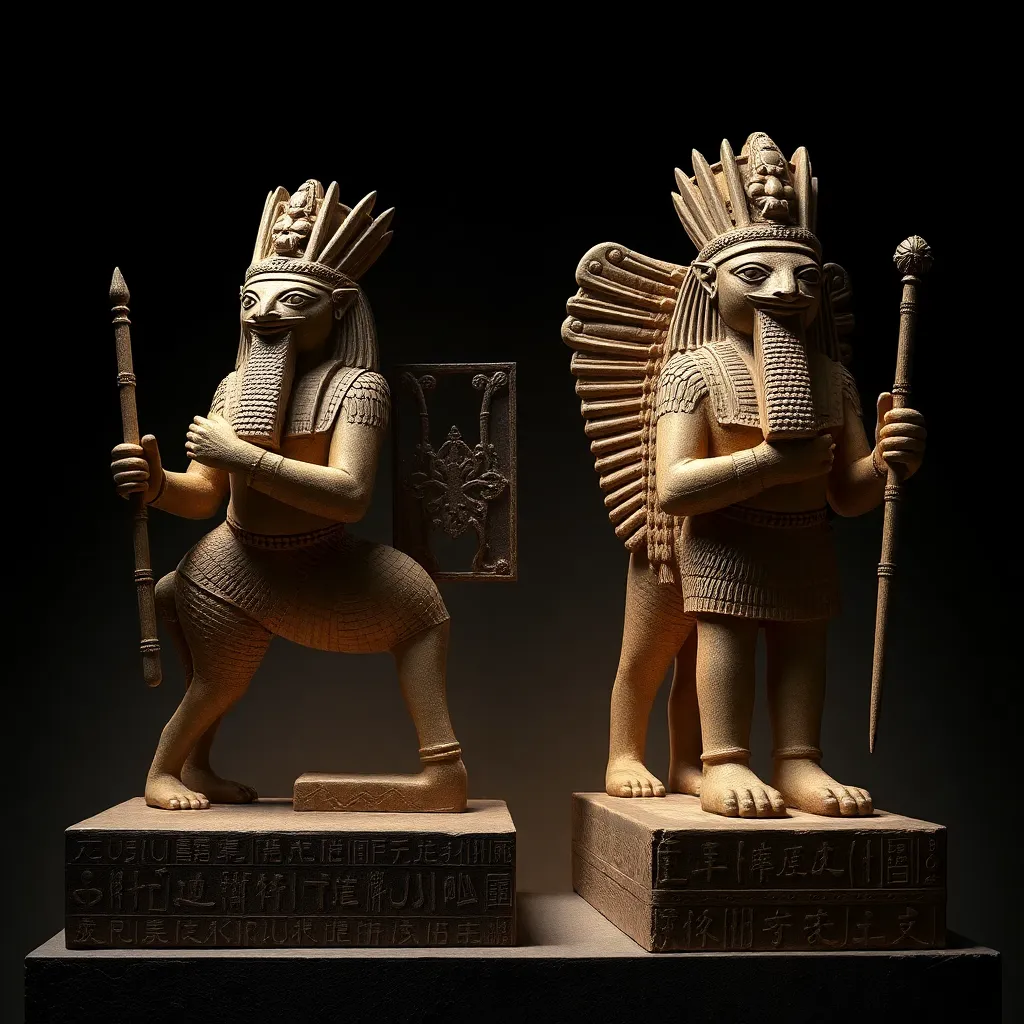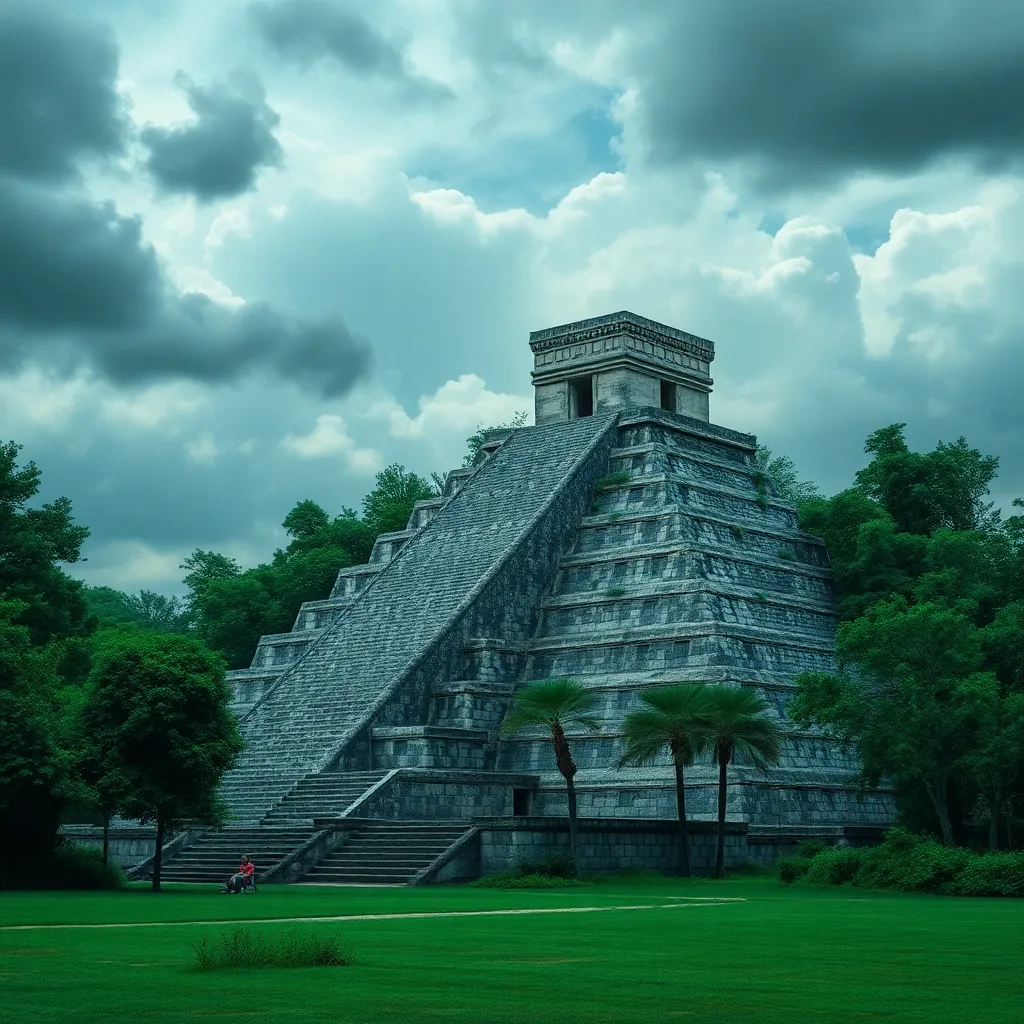The Twisted Tale of Echidna: Tracing Her Lineage from Chaos to the Birth of Monstrous Offspring
I. Introduction
Echidna, a significant figure in Greek mythology, embodies the complex interplay between chaos, monstrosity, and creation. Often referred to as the “Mother of Monsters,” she is a character steeped in intrigue and symbolic meaning. Understanding her lineage not only unravels the tapestry of her origin but also highlights the thematic richness of her narrative within the grand mythological tradition.
This article aims to trace the lineage of Echidna from the primordial chaos of Greek mythology to the monstrous offspring she bore. By exploring her origins, her role within the pantheon, and the legacy she left behind, we can appreciate the multifaceted nature of this fascinating figure.
II. The Origins of Chaos in Greek Mythology
In Greek mythology, Chaos is often defined as the void or nothingness that existed before the creation of the cosmos. It is significant as the primordial state from which all things emerged, a chaotic and formless entity that set the stage for the birth of the universe.
From Chaos arose several primordial beings, including:
- Gaia (Earth)
- Uranus (Sky)
- Tartarus (the Abyss)
- Eros (Love)
- Nyx (Night)
These beings were essential in shaping the world and its inhabitants, laying the groundwork for Echidna’s ancestry. As the offspring of such a chaotic and powerful force, Echidna represents the continuation of this tumultuous lineage.
III. Echidna: The Mother of Monsters
Echidna is often depicted as a hybrid creature, possessing the upper body of a beautiful woman and the lower body of a serpent. This striking appearance symbolizes the duality of her nature—both alluring and terrifying. Her character is imbued with the essence of chaos, embodying the unpredictable forces of nature and the monstrous.
Within the mythological pantheon, Echidna plays a crucial role as the consort of Typhon, the most fearsome monster in Greek mythology. Their union is significant as it represents the merging of chaos (Echidna) and destruction (Typhon), resulting in the birth of numerous monstrous offspring. This relationship not only solidifies her position as a maternal figure but also emphasizes her connection to chaos and the terrifying aspects of creation.
IV. The Lineage of Monstrous Offspring
Echidna is credited with birthing some of the most notorious monsters in Greek mythology. Her children are not mere creatures; they embody various themes and symbolize different aspects of human experience and natural phenomena.
Among her notable offspring are:
- Cerberus: The three-headed dog guarding the gates of the Underworld.
- Hydra: A multi-headed serpent that regrows two heads for each one cut off.
- Chimera: A fire-breathing creature composed of parts from multiple animals.
- Sphinx: A creature with the body of a lion and the head of a human.
- Scylla: A sea monster that terrorizes sailors with her multiple dog heads.
Each of these creatures reflects a thematic connection to Echidna, often representing challenges, fears, or the darker sides of nature and humanity. Their monstrous attributes serve as reminders of the chaotic forces that Echidna embodies.
V. The Symbolism of Echidna and Her Offspring
Echidna and her offspring serve as powerful symbols in mythology, representing the duality of chaos and order, creation and destruction. Echidna herself embodies the chaotic aspects of nature, while her monstrous children often symbolize the destructive and uncontrollable forces of the world.
This duality can be seen in several ways:
- Chaos and Monstrosity: Echidna represents the primal chaos from which all life emerges, showcasing the idea that creation often comes with chaos.
- Creation and Destruction: While Echidna gives birth to extraordinary creatures, these beings often bring destruction and chaos to the world, highlighting the fine line between creation and ruin.
- Maternal Figure vs. Nature of Offspring: Echidna’s role as a mother contrasts sharply with the ferocity and danger of her offspring, showcasing the complexity of maternal figures in mythology.
VI. The Legacy of Echidna in Literature and Art
Echidna’s legacy has been depicted across various forms of literature and art, both in ancient texts and modern interpretations. From Homer to contemporary fantasy, her character resonates with themes of monstrosity and the primal forces of nature.
In ancient works, such as Hesiod’s “Theogony,” Echidna is described in detail, cementing her place in mythological history. Modern adaptations continue to explore her character, often reinterpreting her as a symbol of the complexities of motherhood and the chaotic aspects of existence.
Artistic representations of Echidna, whether in sculptures or paintings, often emphasize her serpentine form, highlighting the blend of beauty and fear that defines her character. These depictions serve as a reminder of the enduring fascination with monsters and the primordial forces they represent.
VII. Comparative Analysis: Echidna and Other Mythological Figures
When comparing Echidna to other maternal figures in mythology, several similarities and differences emerge. Like Rhea, the mother of the Olympian gods, Echidna embodies the role of a nurturing figure. However, her offspring are not gods but monsters, setting her apart in the mythological landscape.
In contrast to figures like Gaia, who represents fertility and life, Echidna’s legacy leans more towards chaos and destruction. This difference offers insights into cultural attitudes towards monstrosity and motherhood, revealing the complexities and nuances of such archetypes in mythology.
VIII. Conclusion
The lineage of Echidna is a fascinating exploration of chaos and creation within Greek mythology. From her origins in the primordial void to her role as the Mother of Monsters, Echidna’s story encapsulates the complexities of motherhood and the monstrous. Her legacy continues to resonate in literature and art, reminding us of the enduring power of myth and the intricate dance between chaos and creation.
As we reflect on Echidna’s tale, we gain insight into the broader themes of mythology—the delicate interplay of fear and beauty, destruction and nurturing, and the ever-present chaos that underlies the fabric of existence.



